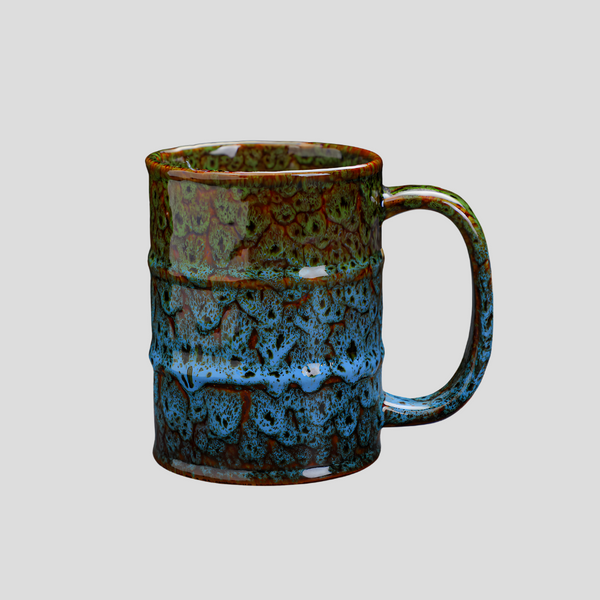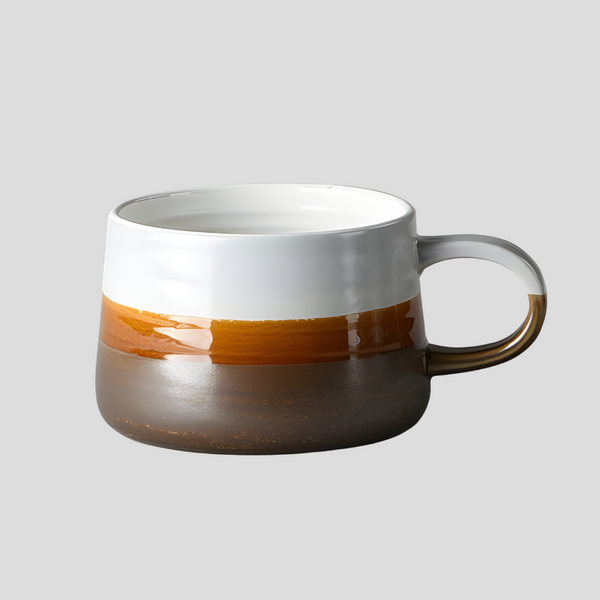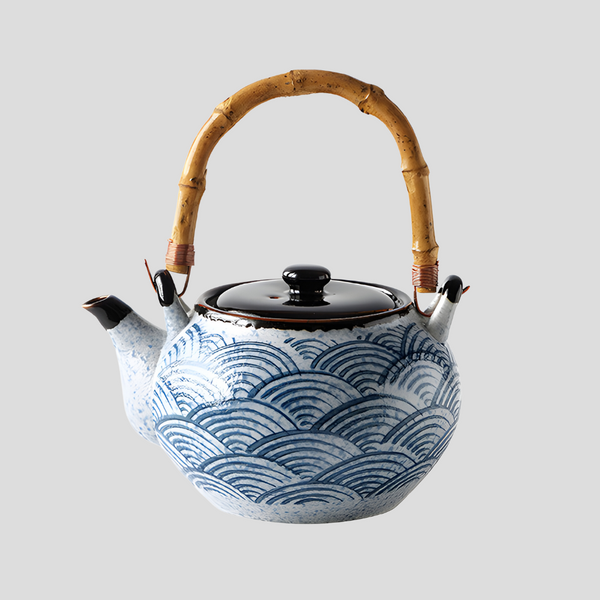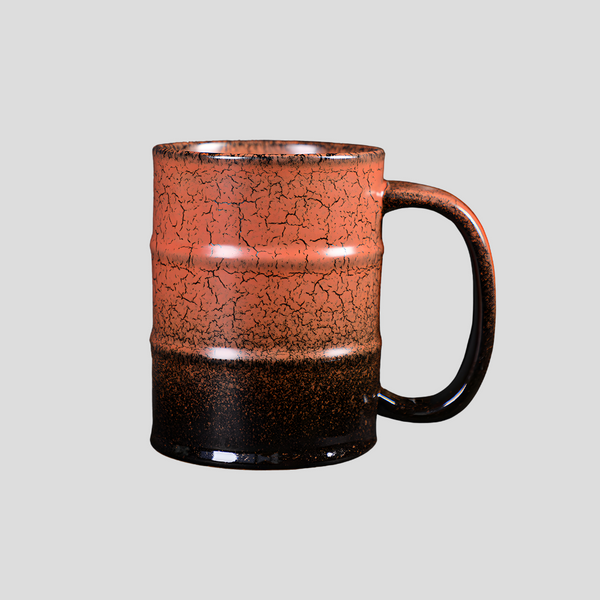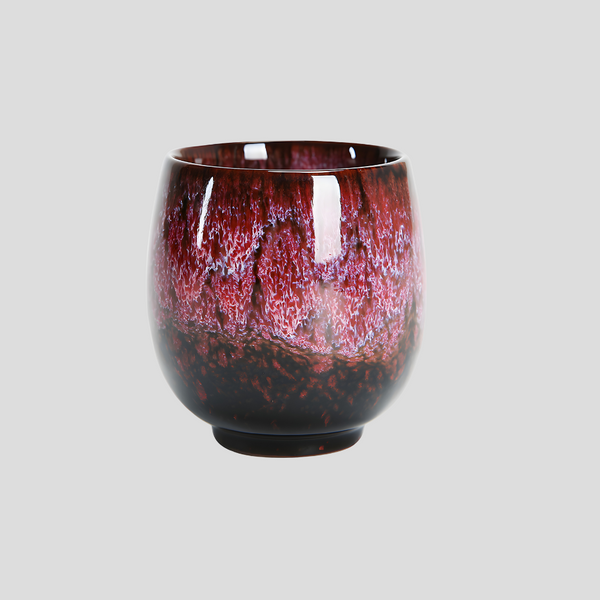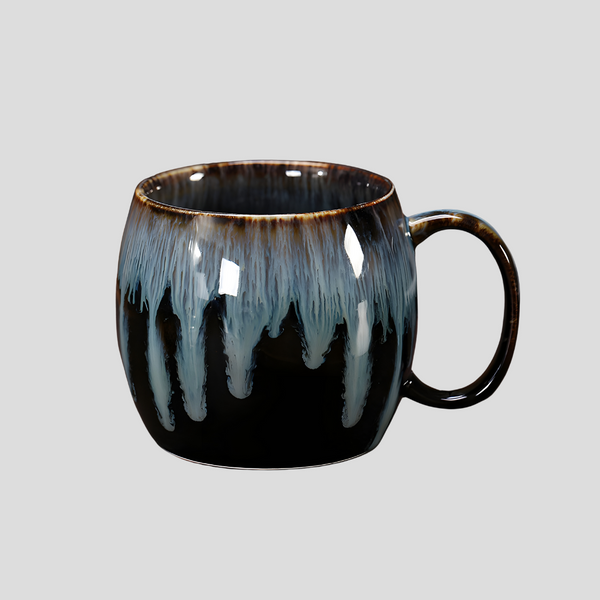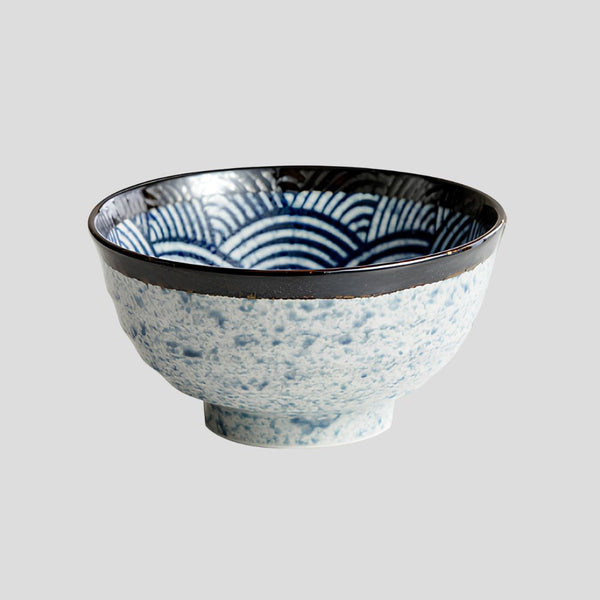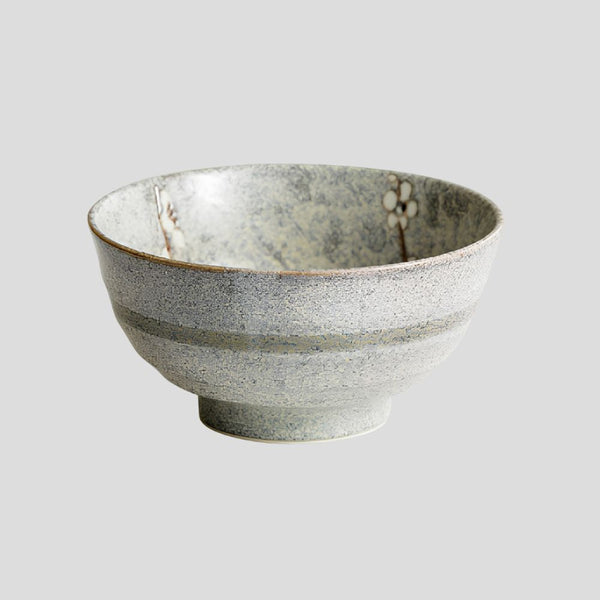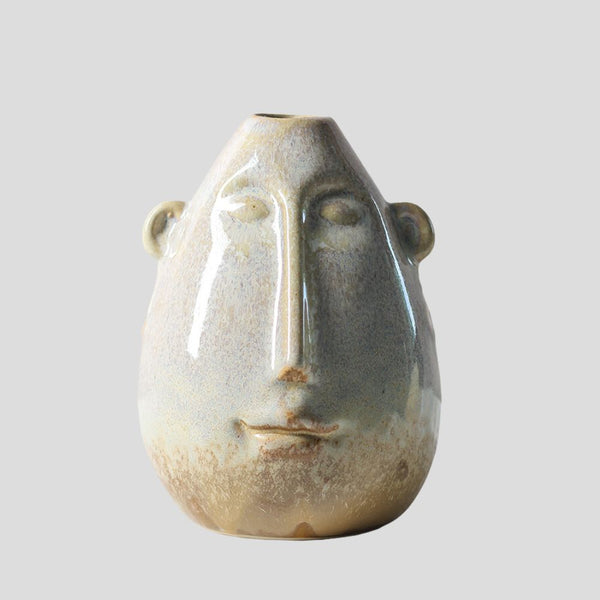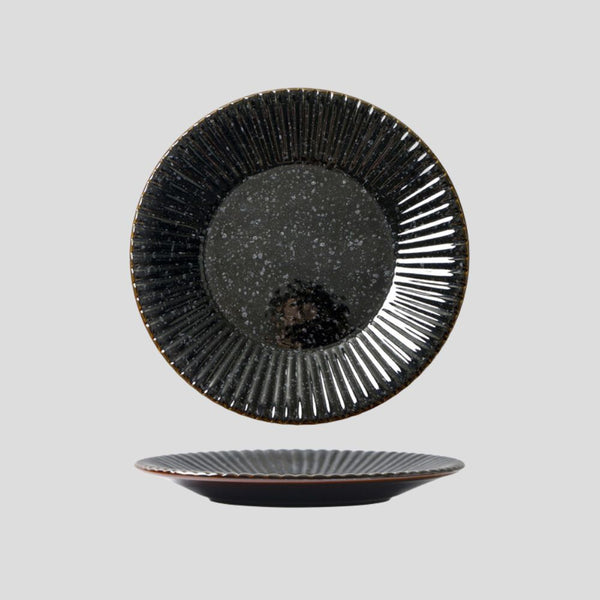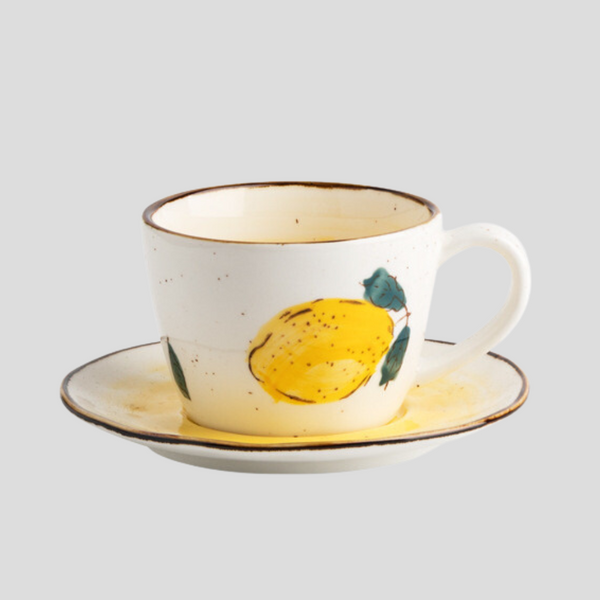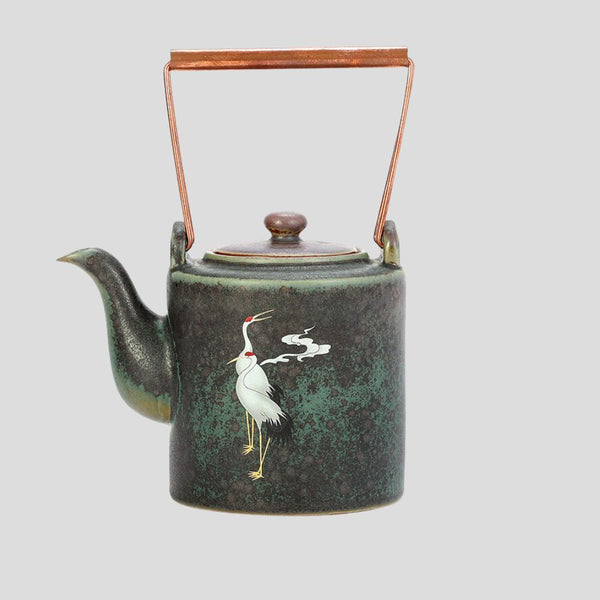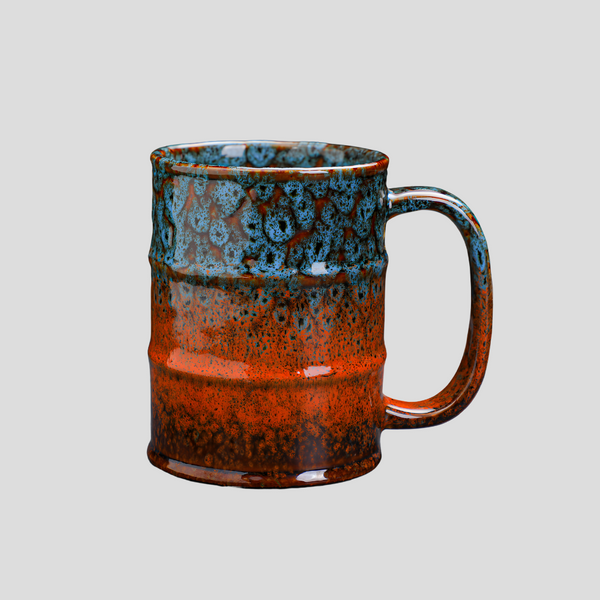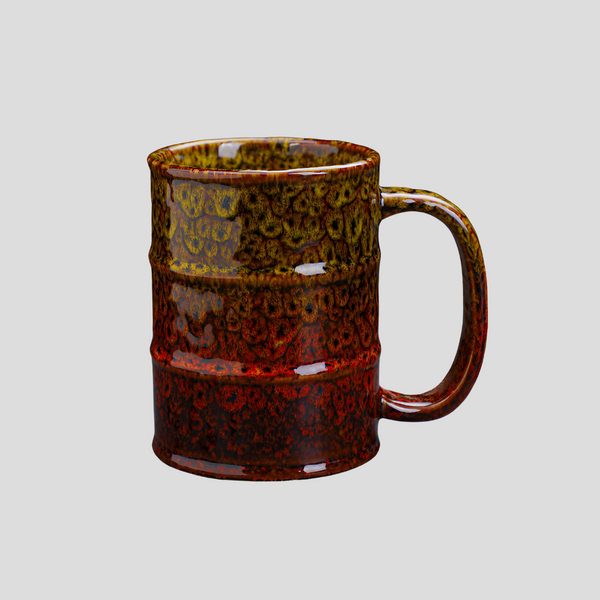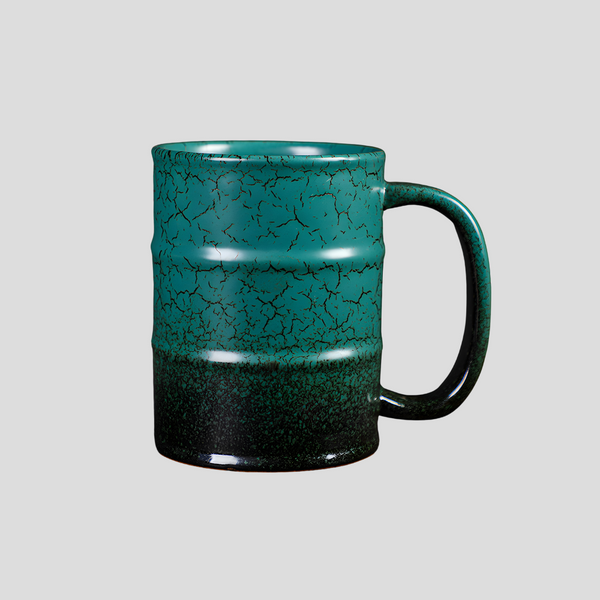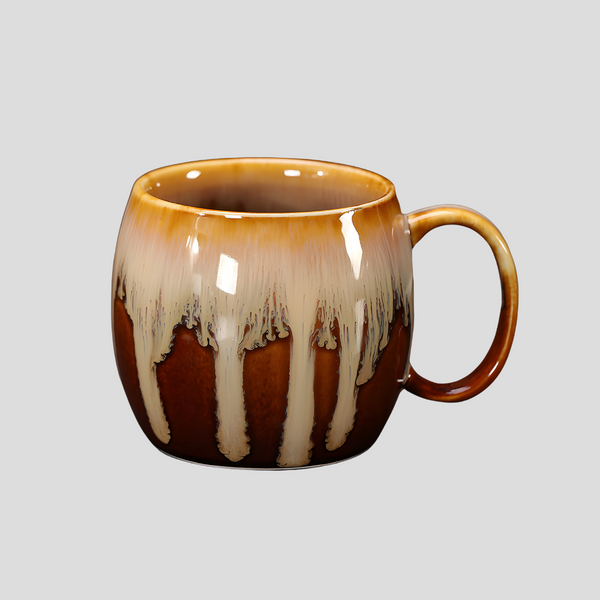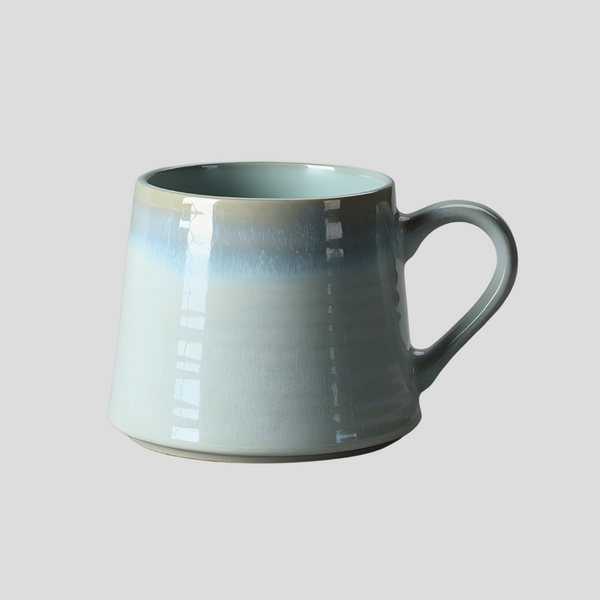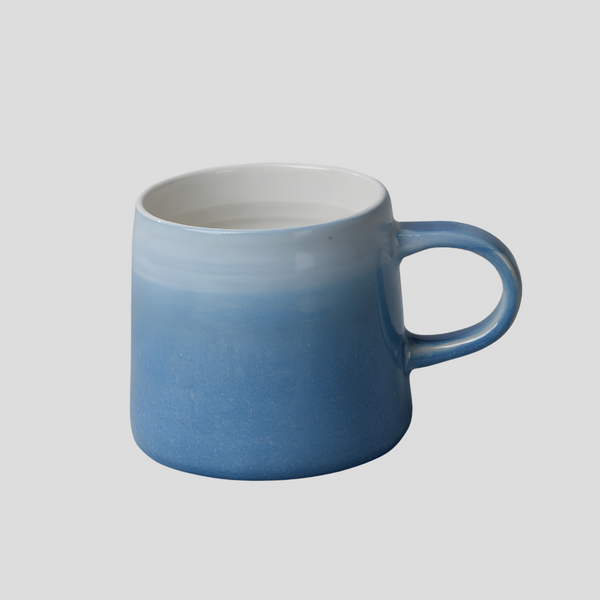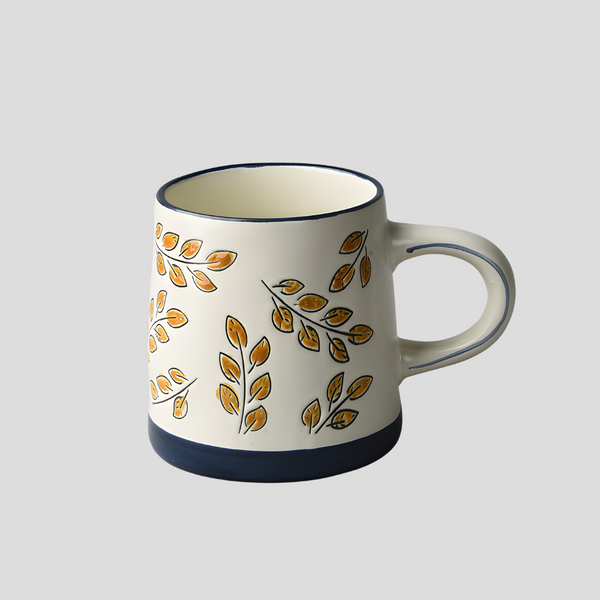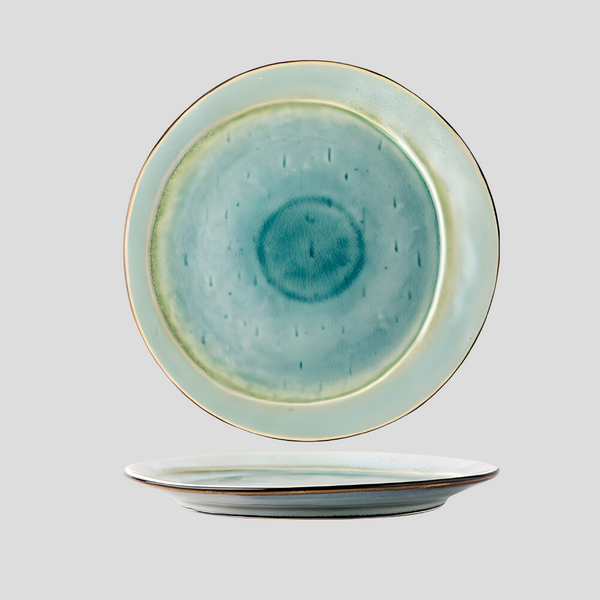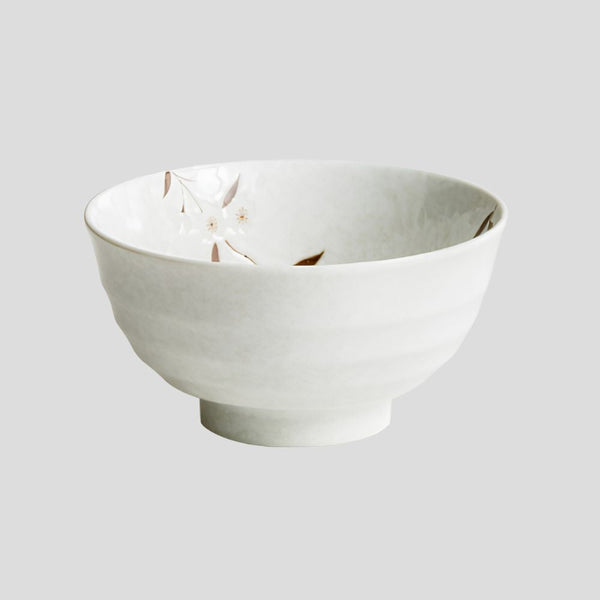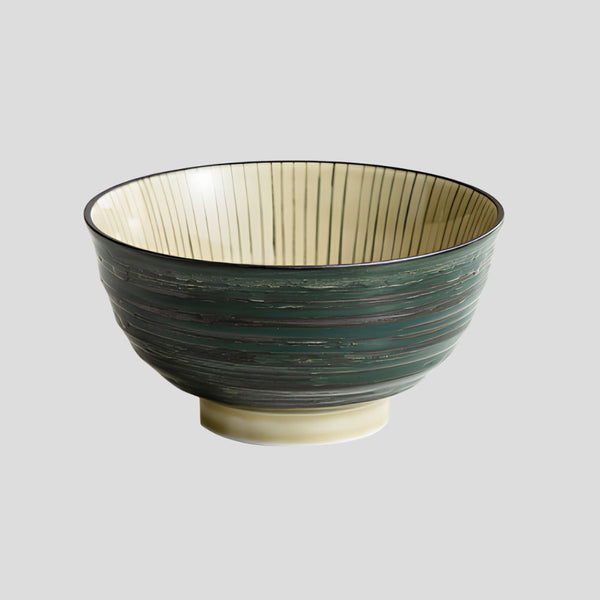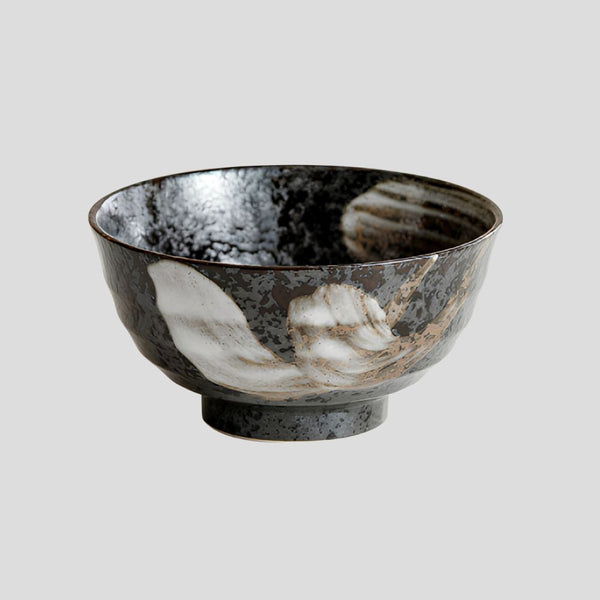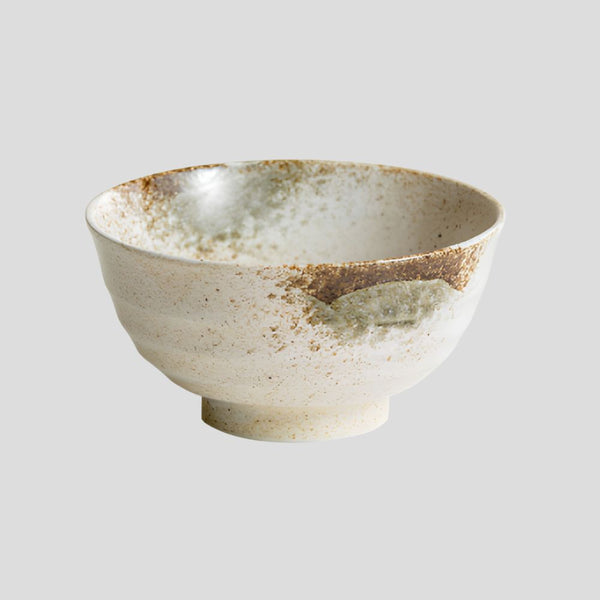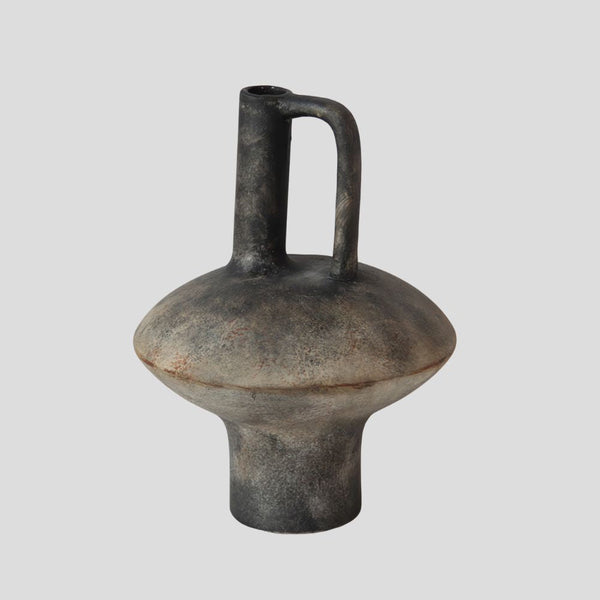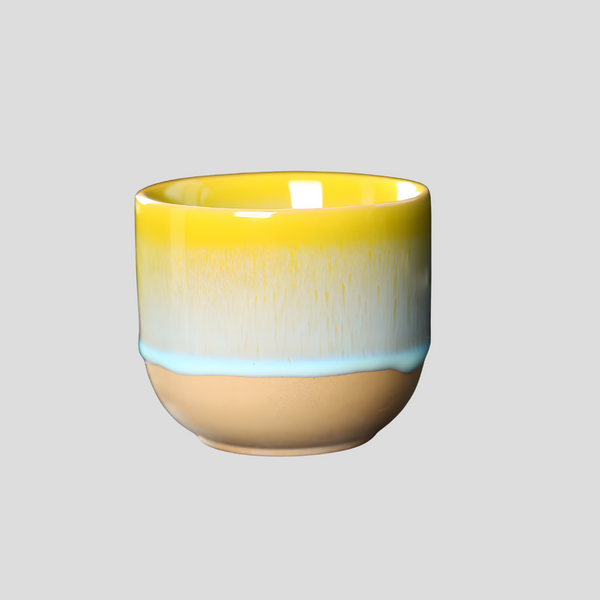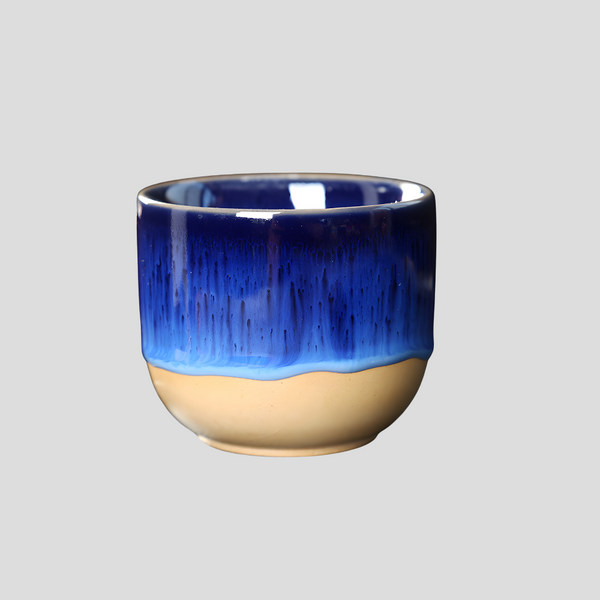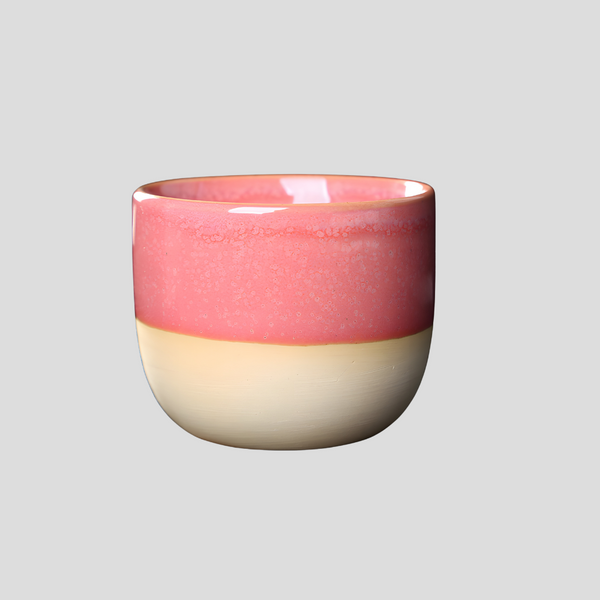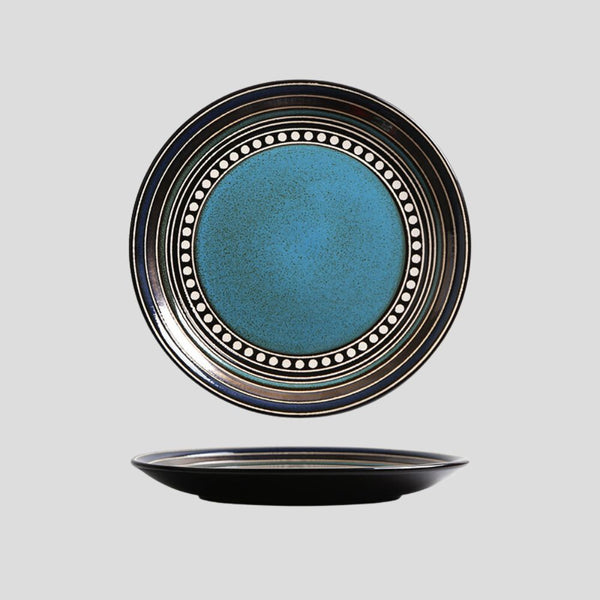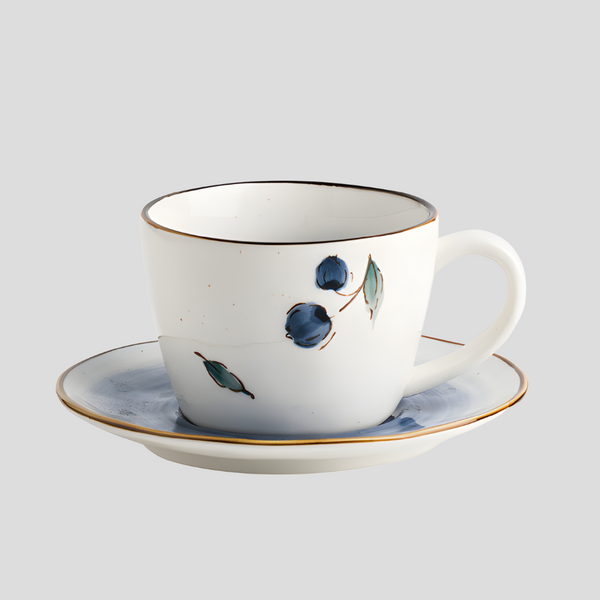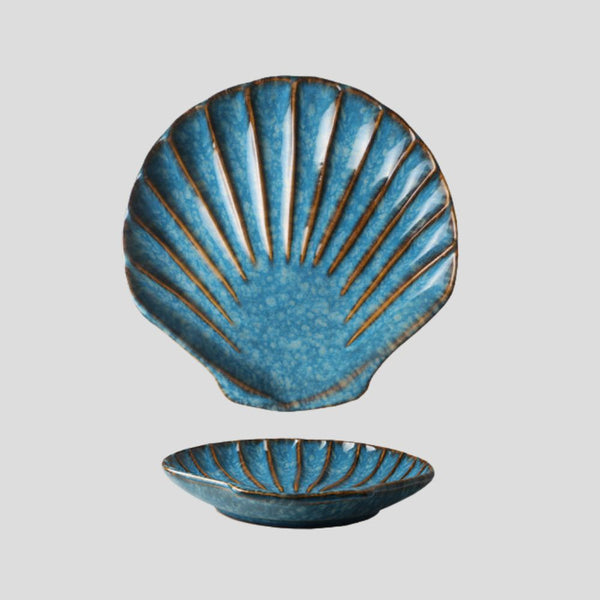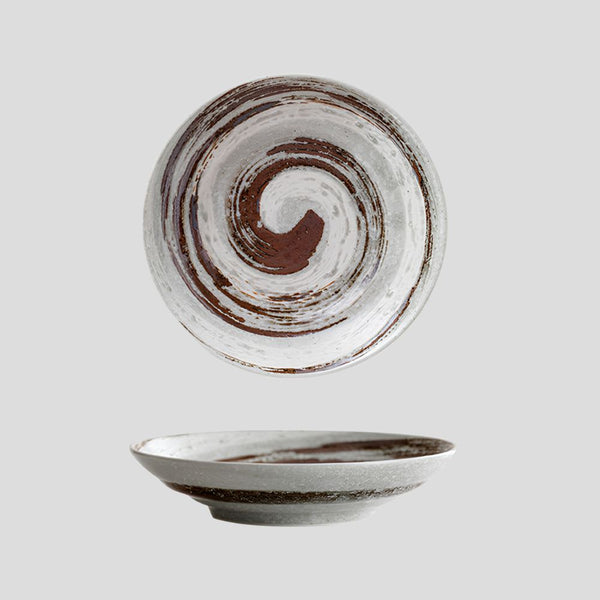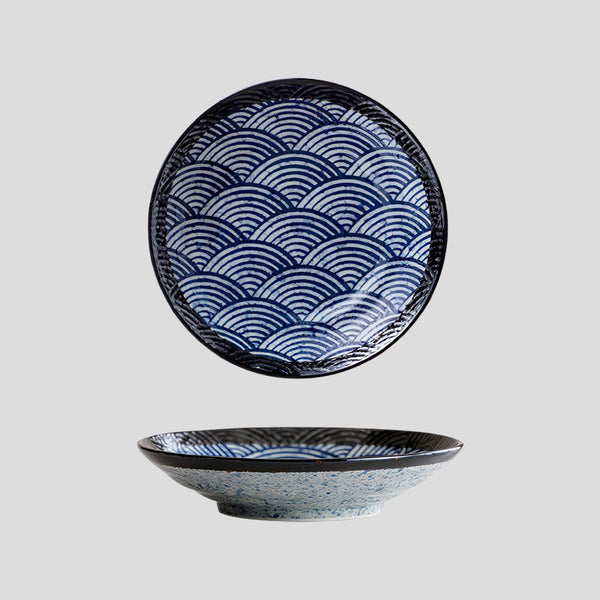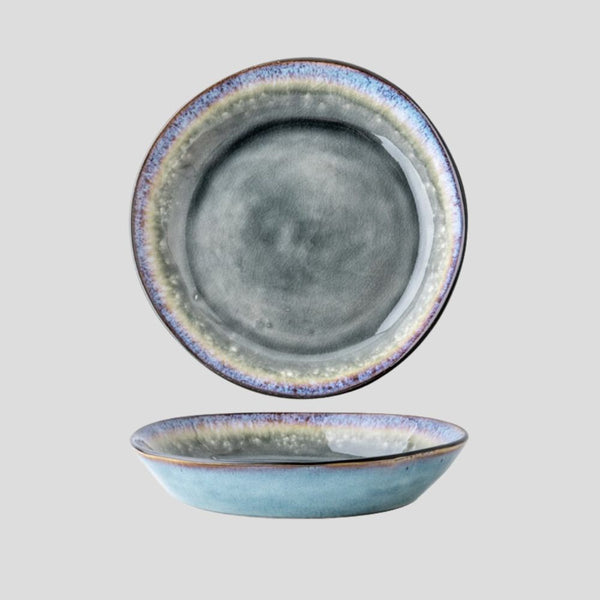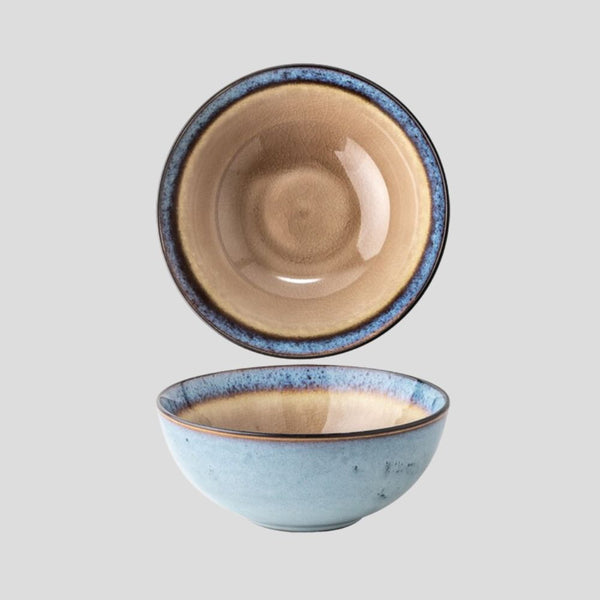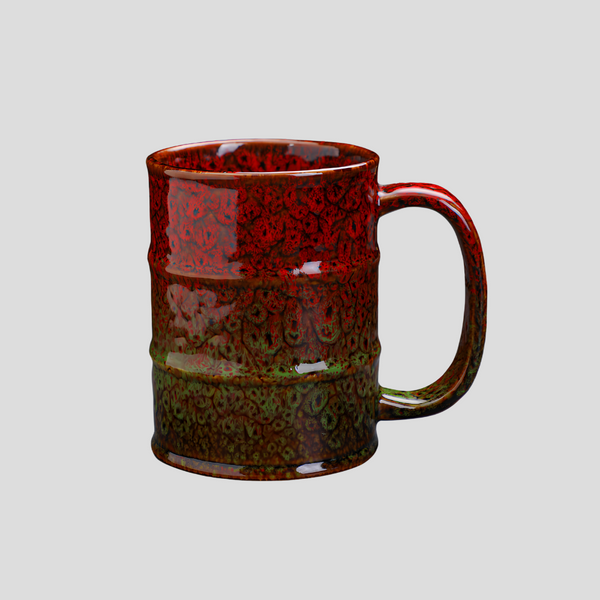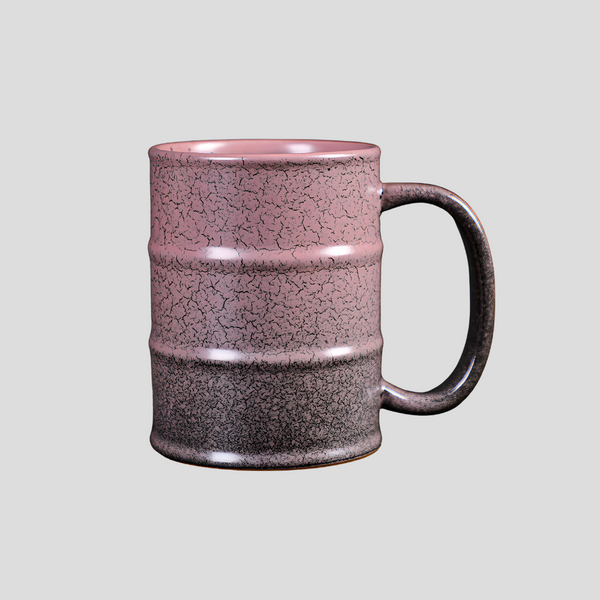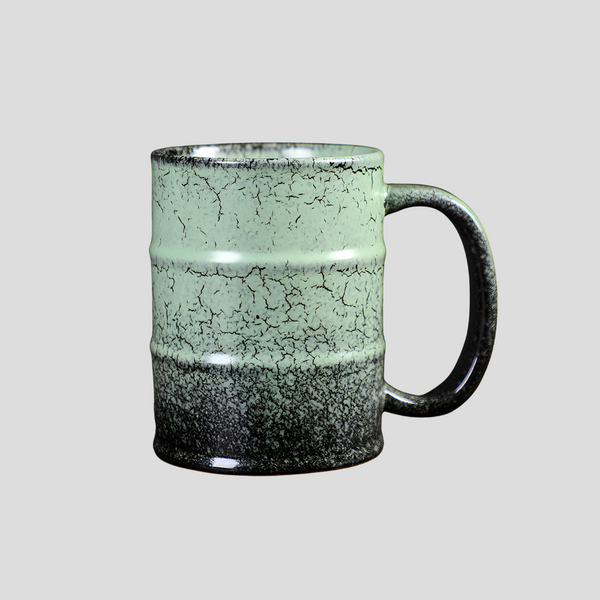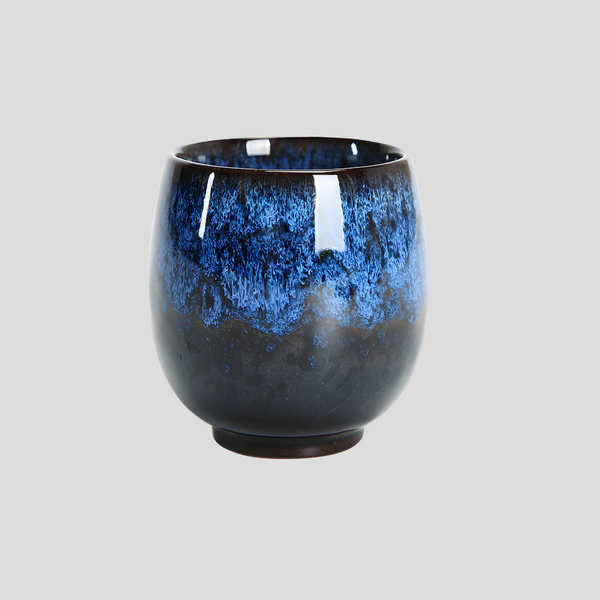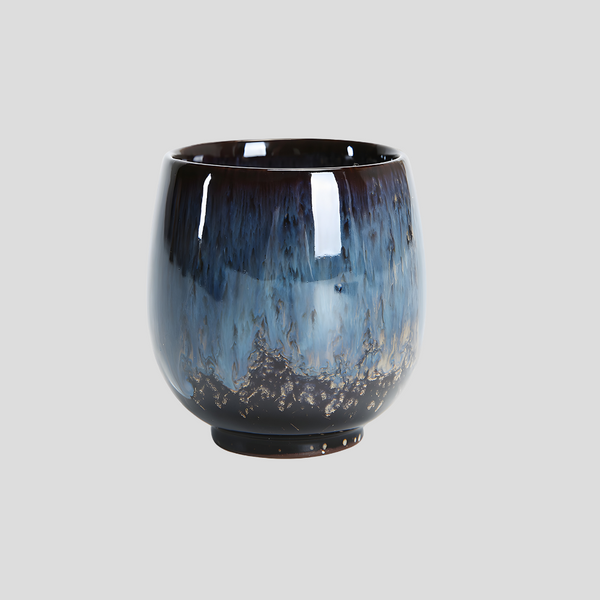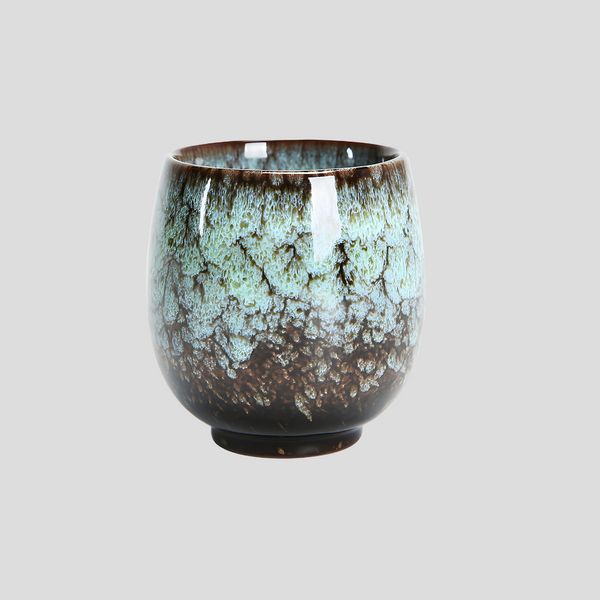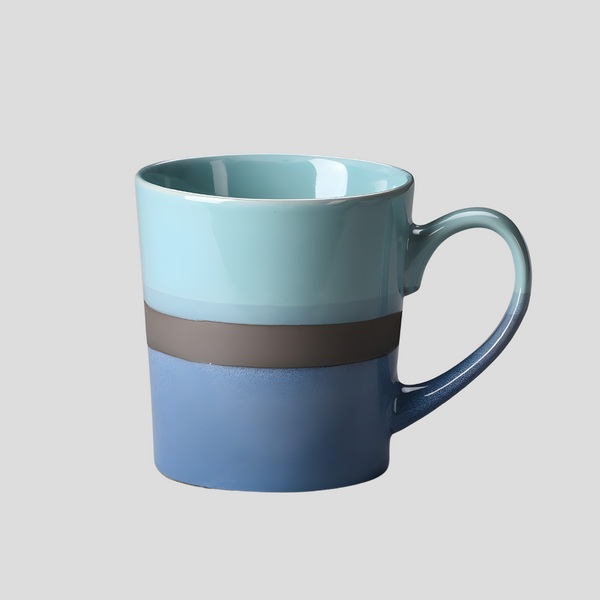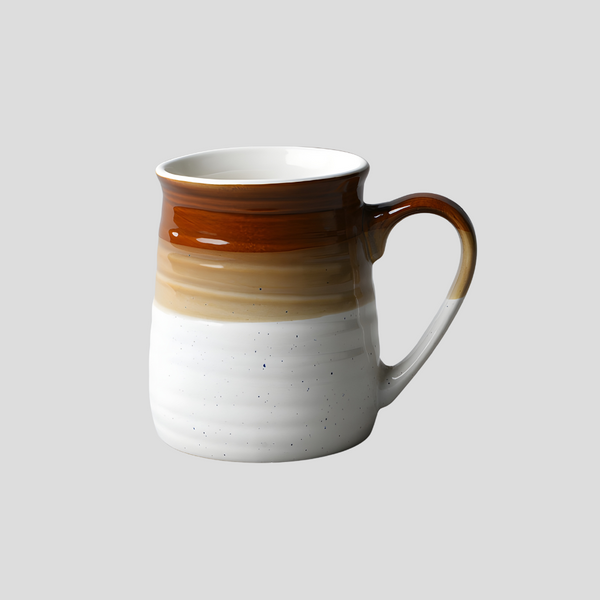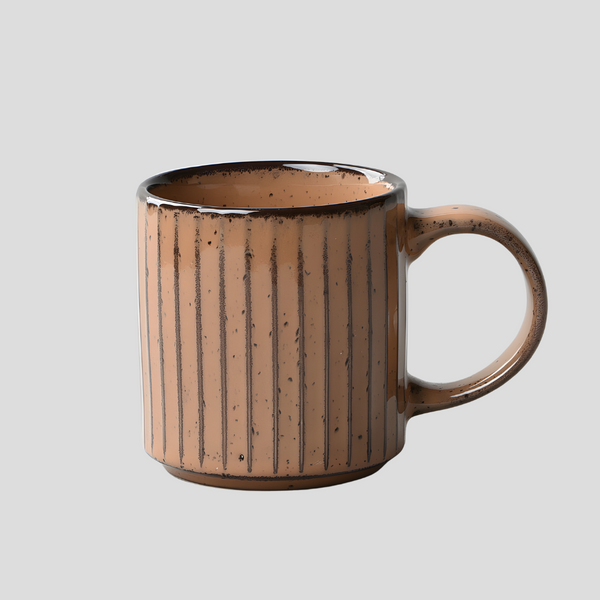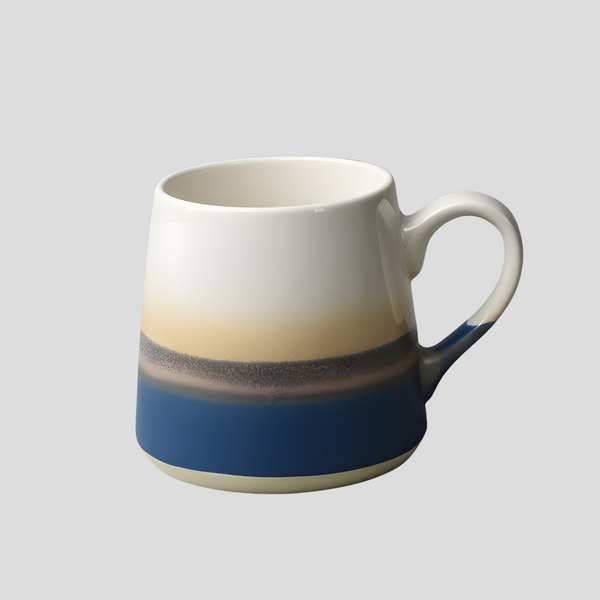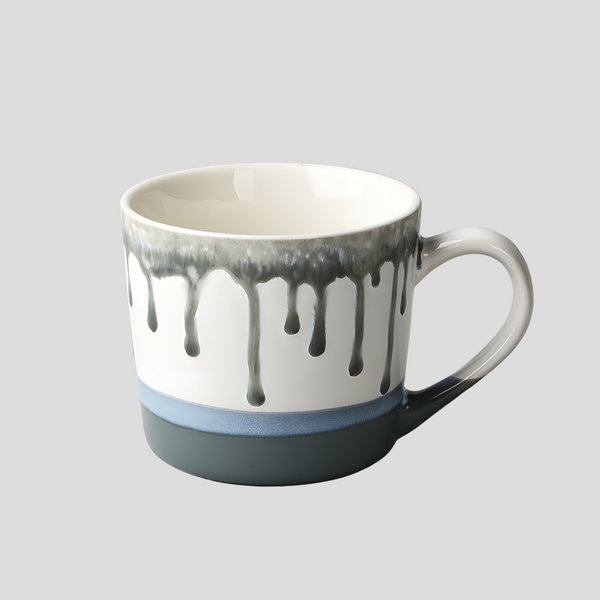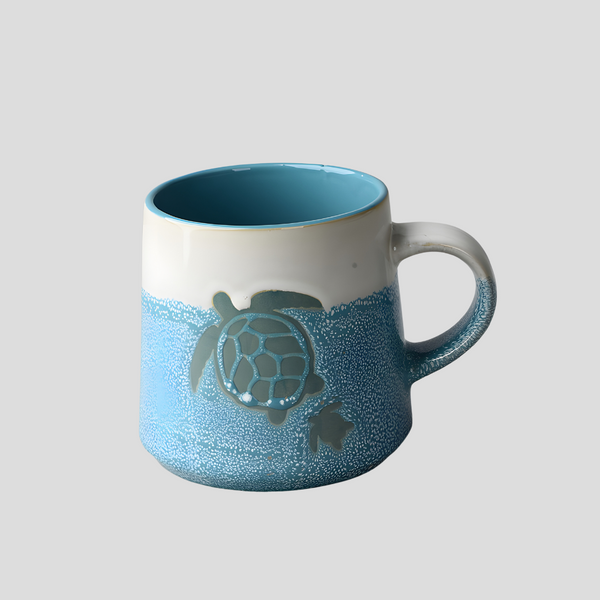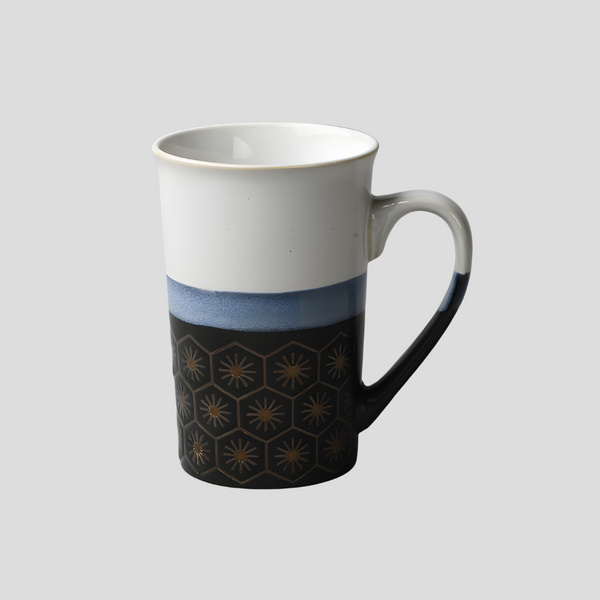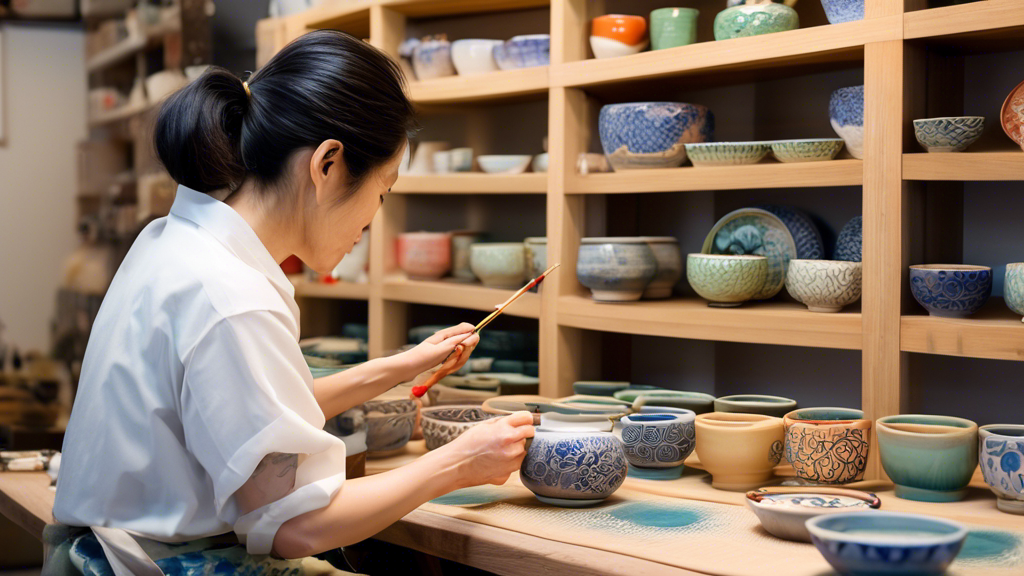
Exploring Japanese Pottery in Tokyo: A Guide
Exploring Japanese Pottery in Tokyo: A Guide
Japan's rich tradition of ceramics and pottery dates back thousands of years, making it a prominent aspect of the country's cultural heritage. Tokyo, as a bustling metropolis, serves as a magnificent hub for exploring this traditional art form, offering a blend of ancient techniques and contemporary innovations. Whether you're a seasoned collector, an aspiring potter, or simply a curious traveler, this guide will help you navigate the fascinating world of Japanese pottery in Tokyo.
The Roots of Japanese Pottery
Japanese pottery, known locally as yakimono, encompasses various styles and techniques, some of which have been designated as cultural properties and traditional crafts by the Japanese government. These range from the rugged and naturalistic Bizen ware to the elegantly painted Imari ware. The techniques and styles developed in different regions reflect the unique clays and natural resources available, as well as historical influences and aesthetic philosophies.
Key Districts and Markets
When in Tokyo, several areas are renowned for their pottery and ceramics. Kappabashi, also known as Kitchen Town, is famed for its supply stores catering to the restaurant industry, including shops specializing in ceramics and pottery. Here, you can find everything from casual tableware to exquisite pieces suitable for formal occasions.
Another notable area is Mashiko, located in the neighboring Tochigi prefecture but easily accessible on a day trip from Tokyo. Mashiko is celebrated for its Mashiko-yaki pottery, characterized by its earthy, simple aesthetics. The town hosts biannual pottery fairs in spring and autumn, attracting crowds from across Japan and abroad.
Galleries and Museums
For those interested in the historical and artistic aspects of Japanese pottery, Tokyo houses numerous galleries and museums dedicated to the art form. The Idemitsu Museum of Arts, located near the Imperial Palace, boasts an impressive collection of East Asian ceramics, including rare Japanese pottery pieces. Meanwhile, the Mashiko Museum of Ceramic Art / Ceramic Art Messe Mashiko offers insight into both traditional and contemporary pottery, highlighting the work of local and international artists.
Workshops and Experiences
Visitors who wish to try their hand at pottery will find no shortage of workshops in and around Tokyo. These range from one-time classes for beginners to more extensive courses for those looking to dive deeper into the craft. Uzumako Ceramic Art School, for example, offers classes in English, catering to international visitors interested in learning about Japanese pottery techniques firsthand.
Collecting and Buying Pottery
For collectors or those looking to bring home a piece of Japanese culture, Tokyo's pottery scene provides a wealth of options. It's essential to know the type of pottery you're interested in and to familiarize yourself with the marks and signatures of reputable artists and kilns. Many shops in Tokyo specialize in certain types or styles of pottery, from traditional to modern. Important considerations include the piece's function, craftsmanship, and how it fits within the broader context of Japanese pottery.
Closing Thoughts
Exploring the world of Japanese pottery in Tokyo offers a unique lens through which to appreciate the country's art and history. With its rich traditions and innovative spirit, Tokyo serves as both a guardian of ancient crafts and a breeding ground for new artistic expressions. Whether it's appreciating the beauty of a centuries-old tea bowl or getting your hands dirty in a pottery class, the experience promises to be both enriching and inspiring.
Click this link to check out our ceramic artwork!